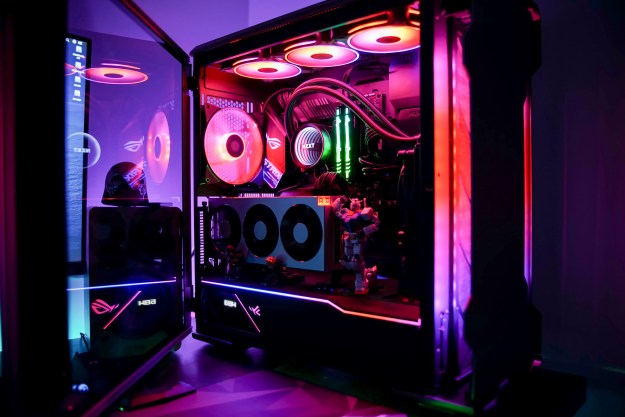Believe it or not, the next major Windows 10 update is right around the corner. Fall Creators Update might feel like it arrived only yesterday, but in fact, it actually launched in October. Now, as spring approaches, it is getting close to time for Microsoft to push the upgrade button again.
According to some information buried in recent Windows Insider builds, Microsoft will be maintaining its recent naming convention by naming the newest version Windows 10 Spring Creators Update. In April 2017, it released Windows 10 Creators Update, with a clear focus on adding tools such as Paint 3D and Windows Ink improvements that appeal to people who use their PCs for creative tasks. Then, Fall Creators Update maintained the theme with an improve Photos app and Mixed Reality updates.
This comes as no surprise to anyone who has been following along, as the name was hinted at previously and, in fact, many pundits have been referring to Windows 10 version 1803 as Spring Creators Update for a few weeks now. The latest information comes via a tweet that shows pertinent information buried in the latest test build, where a Windows 10 PowerShell screenshot is posted showing all of the supported virtual machine configurations:
— Pennybridge1969 (@warnelidl) March 8, 2018
Interestingly, the main features expected in the next version are aimed more at productivity work than creative tasks, including the new Timeline feature that lets users go back in time and pick up previous tasks. It is also another relatively lightweight update, which might be the primary reason why Microsoft is maintaining the name and just updating it for the season.
Other changes expected for Spring Creators Update include continued work on Microsoft’s Edge browser, enhancements to the My People contact management function, and the continued rollout of the new Fluent Design System that is aimed at making the user interface more dynamic and more responsive to the task and the device. These features have been rolling out to Windows Insiders for the last several months, and so if you have been running the latest builds then you are already familiar with what’s going to arrive in the next 30 days or so.
Editors' Recommendations
- Windows 11 vs. Windows 10: finally time to upgrade?
- Microsoft may fix the most frustrating thing about Windows updates
- The latest Windows Update is reportedly causing Starfield problems
- Windows just gave us another reason not to download fresh updates
- If your PC is running slowly, the latest Windows 11 update may be to blame


